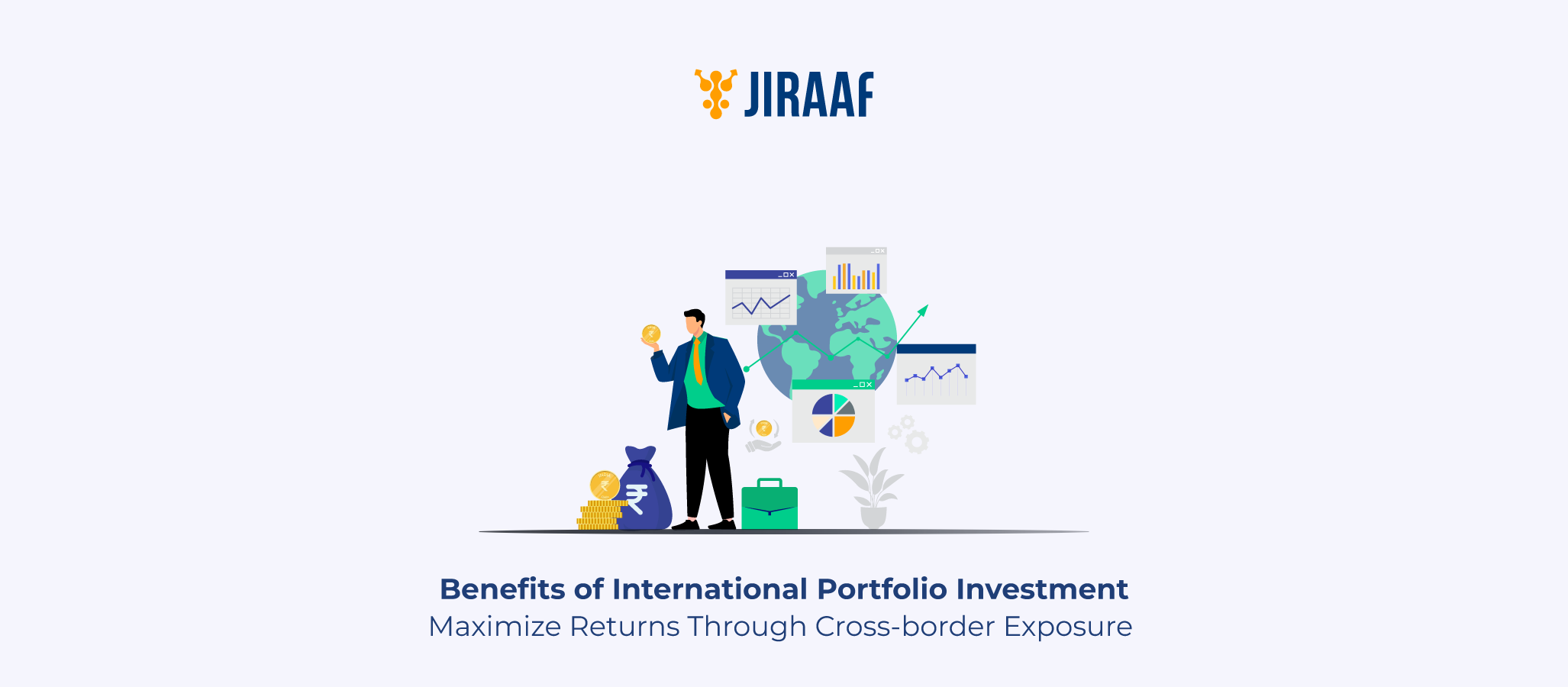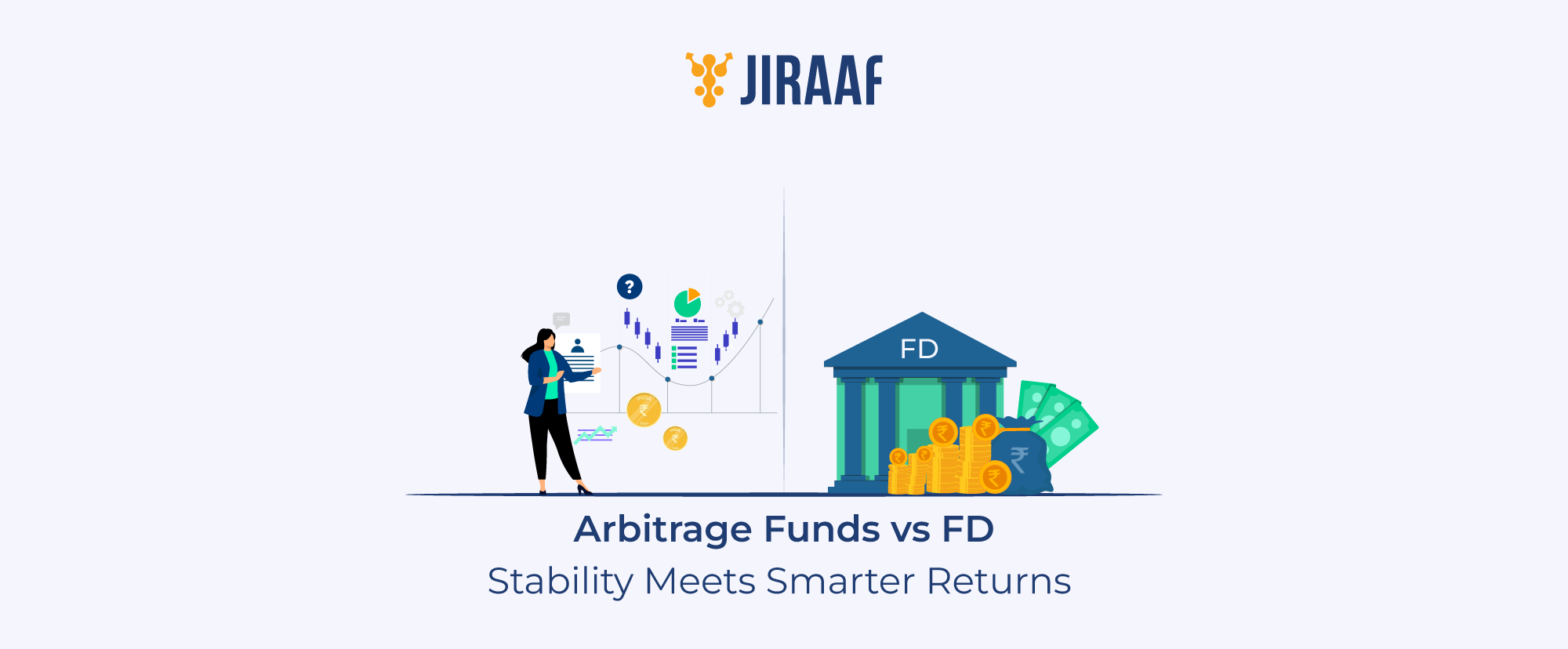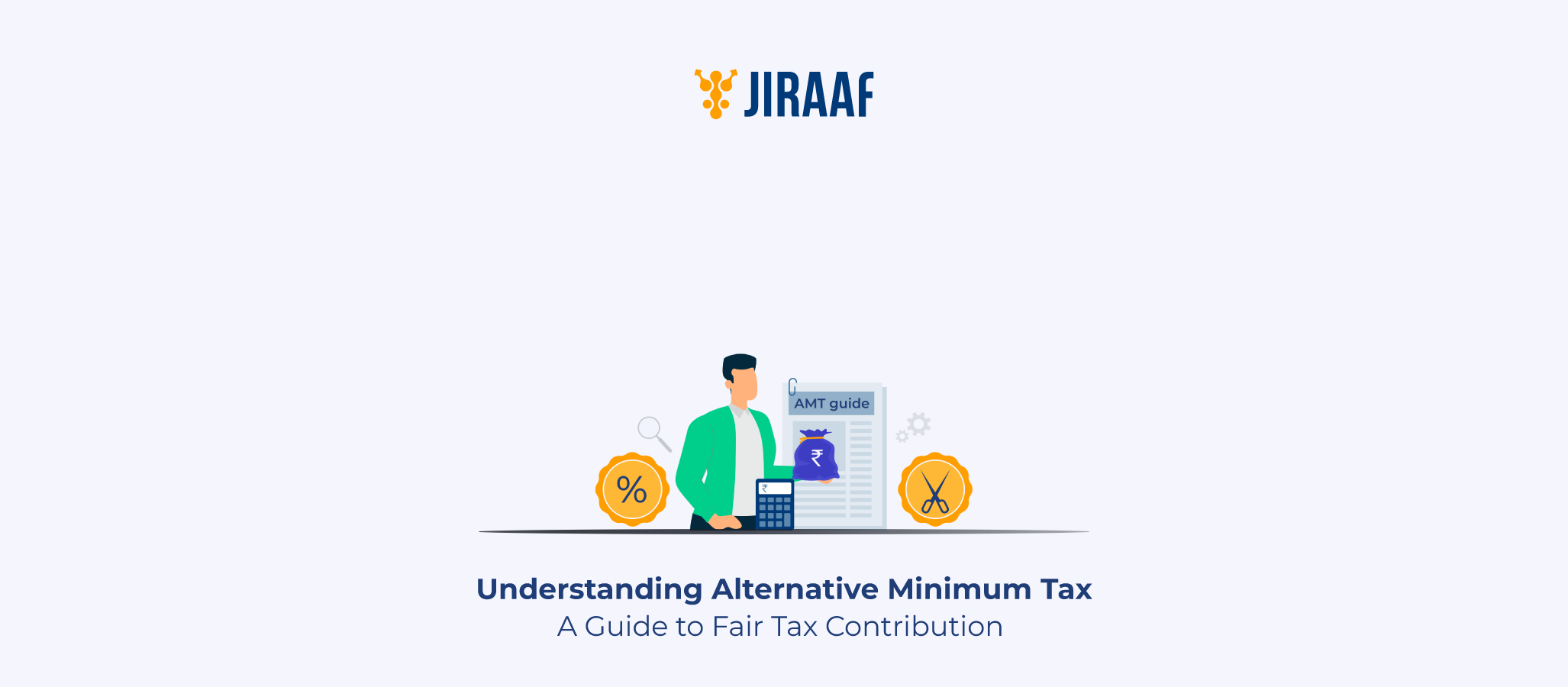International portfolio investment has emerged as a strategic approach for investors aiming to enhance returns and mitigate concentrated risk. By moving beyond domestic markets, investors can leverage differences in growth cycles, interest rates, and inflation patterns across countries to achieve stronger risk-adjusted performance. Allocating capital across diverse economies helps cushion portfolios from local volatility while capturing opportunities in regions experiencing expansion—creating a more balanced and resilient investment structure.
Beyond stability, FPI also serves as a gateway to growth-oriented opportunities across borders. It enables investors to tap into diverse sources of alpha through access to sectors, instruments, and currencies unavailable at home. Exposure to advanced markets enhances portfolio quality through innovation-led assets, while emerging economies provide higher yield potential and momentum-driven expansion. Moreover, favorable currency movements and macroeconomic differentials can further strengthen overall returns. Building on these advantages, this blog explores how international portfolio investment empowers investors to achieve global diversification, manage risks efficiently, and pursue sustainable long-term wealth creation.
What is Foreign Portfolio Investment (FPI)
Foreign portfolio investment, or FPI, refers to the practice of investing in financial assets such as shares, bonds, or mutual funds of companies located outside one’s home country. This form of investment is primarily driven by the goal of earning better returns and diversifying risk. By allocating funds in international securities, investors can benefit from the growth potential of other economies while mitigating exposure to local market fluctuations.
Now that we understand the basic idea, let’s look at the benefits of FPI.
Advantages of International Portfolio Investment
Let’s look at some of the major advantages that make international portfolio investment a valuable addition to any investment strategy.
1. Portfolio Diversification
Investing internationally reduces an investor’s dependence on a single country’s economic cycle. When one market underperforms, gains in another can offset those losses. Through diversification, investors can minimize risk and create more stable portfolios in the long run.
2. International Credit and Reputation
Participating in international markets showcases financial sophistication and opens doors to more investment opportunities and partnerships, so investors with exposure to global financial markets often enjoy better credit standing and professional recognition.
3. Benefit from Exchange Rate Movements
Currency fluctuations can play a major role in returns. For instance, if the Indian rupee depreciates against the U.S. dollar, you could gain higher returns on your U.S. assets when converting profits back to rupees. However, understanding and managing this risk is crucial.
4. Access to a Bigger Market
Through FPI, you can access industries and sectors that may not exist in your domestic market. For example, investing in U.S. technology companies or European renewable energy projects gives you exposure to innovation and growth beyond your borders.
5. High Liquidity
Portfolio investments are generally more liquid compared to long-term or physical investments. Shares and bonds can be sold easily and quickly in global markets, giving investors flexibility and control over your funds.
Having understood the broad advantages, it’s worth seeing how these benefits translate into real value for both individual investors and the economy as a whole.
Key Benefits of FPI for Investors and the Economy
Foreign portfolio investment benefits are twofold—they support the growth of individual investors while also contributing to the broader economy.
For investors
- FPI offers accessibility
Many global funds or ETFs allow retail investors to participate in foreign markets without needing large capital or complex knowledge of international regulations.
- It increases the potential for quicker returns
Since FPIs involve easily tradable assets like equities or bonds, they can generate quicker returns compared to long-term direct investments that require operational involvement.
- FPI provides opportunities for professional and financial growth
It develops cross-border market insights and opens global career opportunities in investment management, risk analysis, and international banking.
For the economy
- It facilitates stronger capital inflows
FPI brings in foreign capital that strengthens domestic financial markets. It enhances liquidity, improves market efficiency, and supports businesses by creating more demand for their shares and bonds.
- FPI helps with healthier foreign exchange reserves
Continuous inflow of portfolio investments increases a country’s foreign exchange reserves, providing greater stability to the national currency and financial system.
The benefits of FPIs are undeniable, but they come hand-in-hand with exposure to global market risks that can impact returns and stability.
Disadvantages and Risks of International Portfolio Investment
Understanding these disadvantages and risks helps ensure smarter, more balanced investment decisions.
Key Disadvantages
- Complex taxation and compliance
Investing across borders involves navigating multiple tax systems, reporting standards, and legal frameworks. This can make compliance cumbersome, especially for retail investors who may not be familiar with foreign tax rules or double taxation treaties.
- Higher transaction and management costs
International investments often come with additional costs such as currency conversion fees, international brokerage charges, and fund management expenses. Over time, these costs can reduce overall returns compared to domestic investments.
- Limited control and transparency
Unlike domestic holdings, investors may have less visibility into the operations or governance of foreign companies. Time zone differences, language barriers, and unfamiliar market practices can make monitoring investments more difficult.
Major Risks
- Currency risk
Exchange rate fluctuations can significantly impact returns. Even if an asset performs well abroad, unfavorable currency movements can erode profits when converted back to the investor’s home currency.
- Political and economic instability
Foreign markets may face sudden policy changes, economic downturns, or geopolitical tensions. These factors can lead to unpredictable market movements and affect investment values.
- Market and liquidity risk
Some international markets have lower liquidity or weaker regulatory oversight. This can make it harder to buy or sell securities quickly, especially during volatile periods, increasing the risk of losses.
Now that we’ve seen the risks, the question is—how can investors safely and effectively invest in FPI routes? Let’s find out.
How to Invest through Foreign Portfolio Investment Routes?
The process varies depending on whether you are a foreign investor entering the Indian market or an Indian investor seeking opportunities abroad.
For foreign investors looking to invest in India
Foreign investors can participate in Indian financial markets through the foreign portfolio investor (FPI) route, regulated by the securities and exchange board of India (SEBI).
- Registration: Investors must register with a SEBI-designated depository participant (DP) under the FPI Regulations.
- Categories: FPIs are classified into three categories based on risk profile and regulatory oversight. Category I includes government and institutional investors, category II covers regulated funds, and category III consists of other investors.
- Eligible Investments: FPIs can invest in Indian equity shares, government securities, corporate bonds, and mutual fund units, among other instruments.
- Regulatory Framework: All investments must comply with FEMA guidelines and sectoral caps defined by the Reserve Bank of India (RBI).
For Indian investors looking to invest abroad
Indian residents can invest overseas through the liberalised remittance scheme (LRS) introduced by the Reserve Bank of India (RBI).
- Investment Limit: Individuals can remit up to USD 250,000 per financial year (approximately ₹2.1 crore, depending on the exchange rate) for investments or other permitted transactions.
- Eligible Instruments: Investors can purchase shares, bonds, ETFs, or units of mutual funds listed in foreign markets.
- Process: Investments are made through authorized banks that facilitate remittance and ensure compliance with LRS norms.
- Considerations: Investors should review taxation rules, exchange rate implications, and double taxation agreements (DTAA) between India and the destination country before investing.
Why Investors Should Consider International Portfolio Investment
Foreign portfolio investment represents an evolving way of building wealth—one that balances growth potential with flexibility. For Indian investors, it offers a pathway to global exposure, improved diversification, and access to economies growing at different paces.
By participating in international markets, investors can reduce dependence on domestic performance and benefit from industries leading innovation across the world.
Understanding factors like currency risk, taxation, and market volatility helps investors make informed choices. Diversifying across geographies doesn’t just spread risk—it builds resilience.
In an increasingly interconnected financial world, looking beyond home markets is no longer just an option—it’s a strategic move. Embracing international portfolio investments allows investors to grow with the global economy and position themselves for long-term stability, opportunity, and success.









